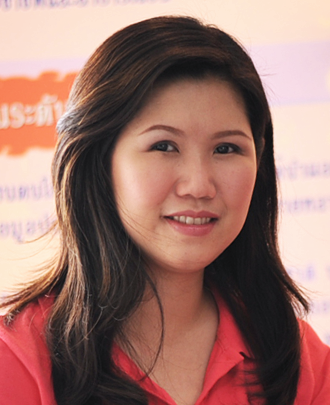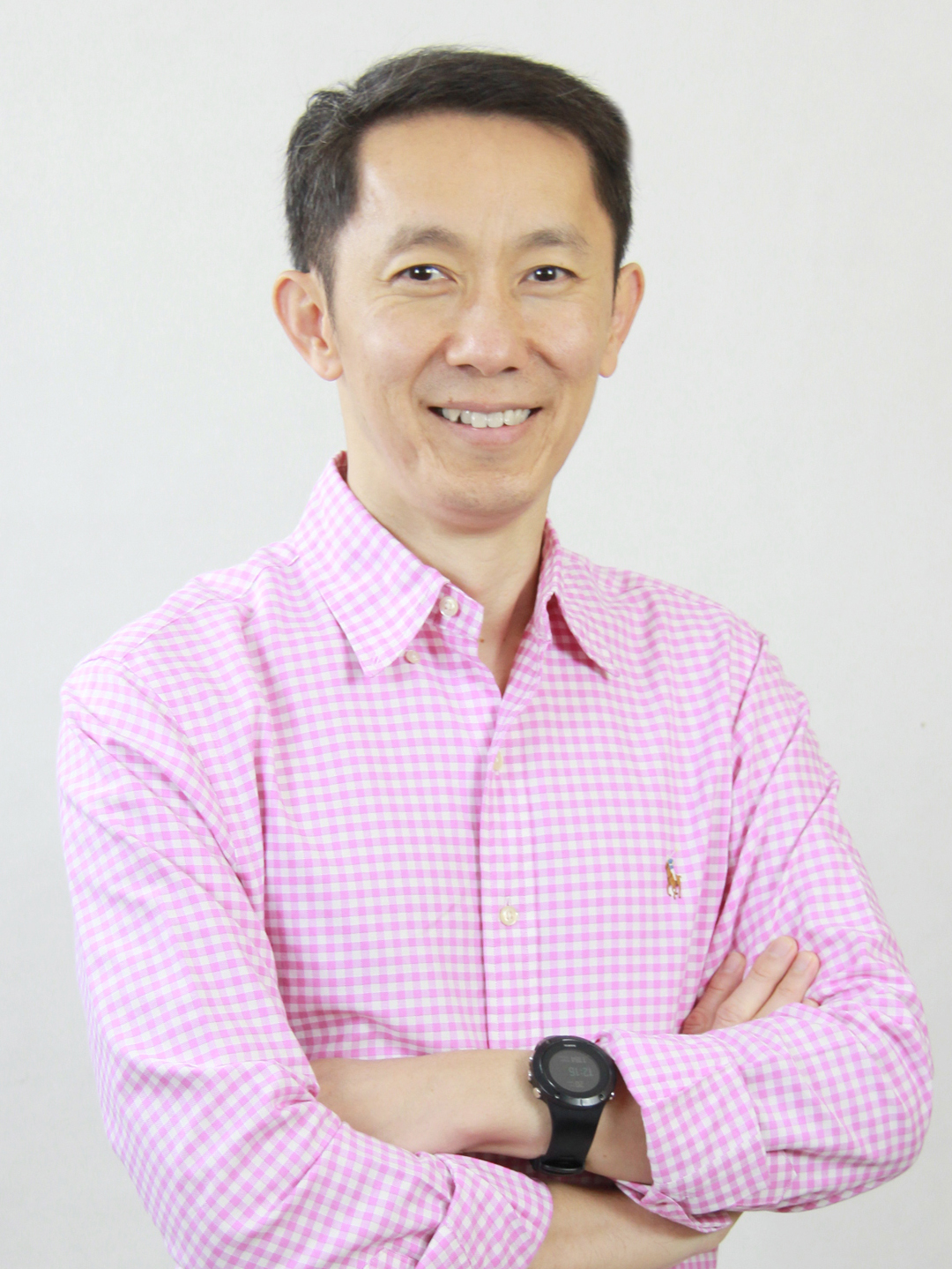Objective: This study aims to assess the cost-utility of providing either trivalent live-attenuated influenza vaccine (LAIV) or trivalent inactivated influenza vaccine (TIV) to school-aged children to prevent seasonal influenza.
Methods: A deterministic age-structured dynamic transmission model was constructed and used to evaluate economic consequences and outcomes of six different vaccination policies. Epidemiological parameters were estimated by fitting the model to virologically confirmed influenza cases in Thailand between 2005 and 2009 within a Bayesian framework, making use of mixing patterns between age groups estimated from a contact survey. Other input parameters and prior distributions were identified by literature review and expert opinion elicitation. Parameter uncertainty was accounted for by sampling parameters from their joint posterior distributions. Additional sensitivity analyses were carried out using alternative prior distributions. Model outputs were used to calculate health benefits in terms of Disability-Adjusted Life Years (DALYs) averted, incremental costs, incremental cost-effectiveness ratios (ICER), incremental net benefits (INB), expected value of perfect information (EVPI), and the expected value of partial perfect information (EVPPI).
Results: School-based seasonal influenza vaccination is cost-effective at the ceiling threshold of 120,000 Baht/DALY averted. Under base case assumption a policy of vaccinating 2-17 year olds with LAIV had the highest expected INB. Sensitivity analysis showed that this result was robust to assumptions about prior immunity and vaccination coverage. Under alternative assumptions about mixing patterns, however, this policy became optimal only at a threshold of 300,000 Baht/DALY averted. At lower thresholds policies that vaccinated only 2-11, 2-5, or 12-17 year olds with LAIV were preferred. Under an alternative low-mortality assumption (with negligible mortality in those aged less than 5), a policy of vaccinating only 12-17 year olds had the highest expected INB. At least one policy using LAIV was superior to vaccinating 2-11 year olds with TIV under all scenarios if LAIV effectiveness exceeded 40%. The EVPI was ~2.5 billion Baht. EVPPI analysis showed that the basic reproduction number and the case-fatality rate were amongst the most important model parameters.
Conclusion: School-based seasonal influenza vaccination represents good value for money in the Thai setting and should be included in the national vaccination program. Policies using LAIV are likely to represent better value for money than vaccinating 2-11 year olds with TIV. Uncertainties in mixing patterns and in mortality due to influenza make it impossible to identify whether policies that target all 2-17 year olds would represent better value for money than policies that target a narrower age range.









